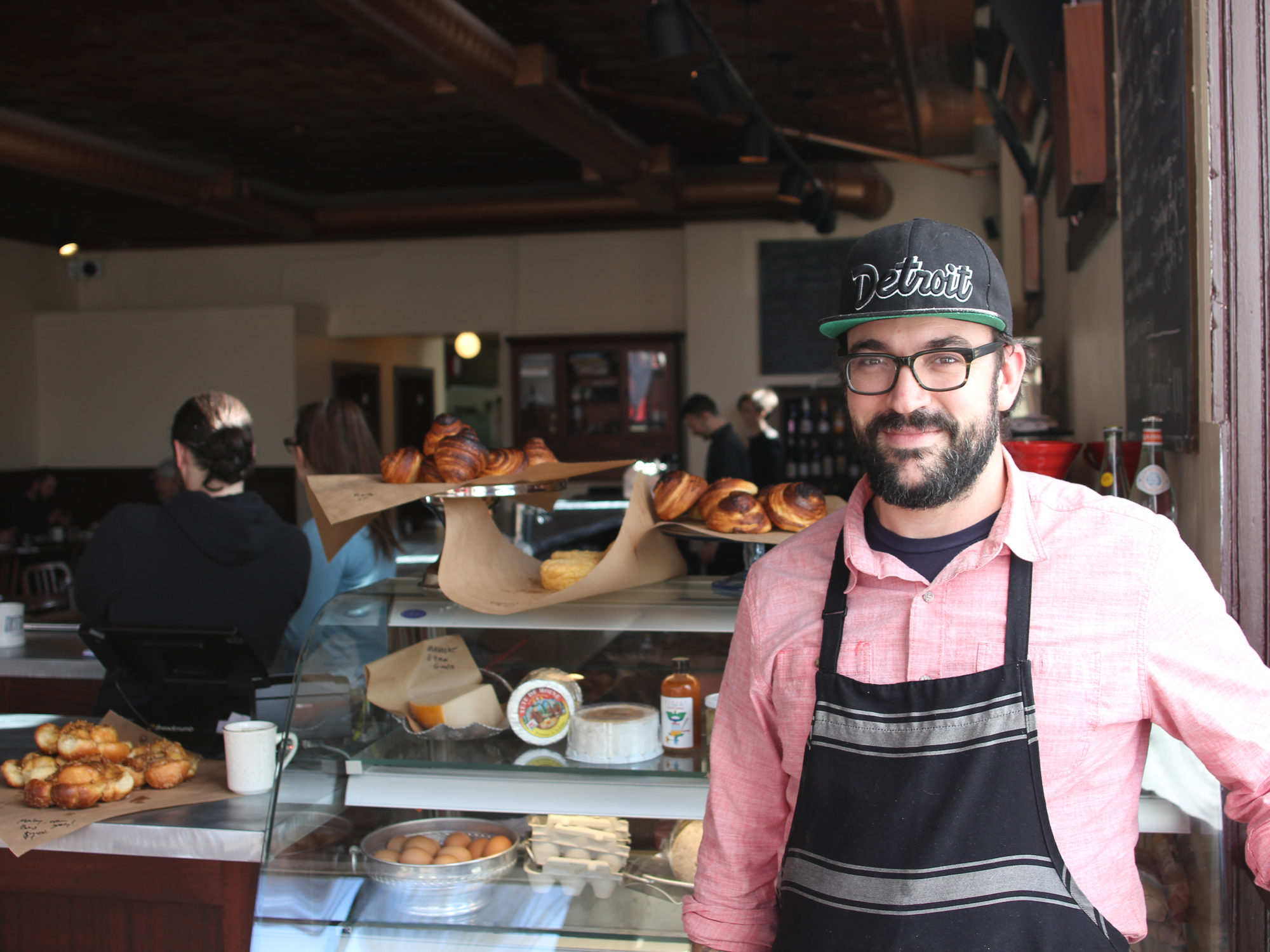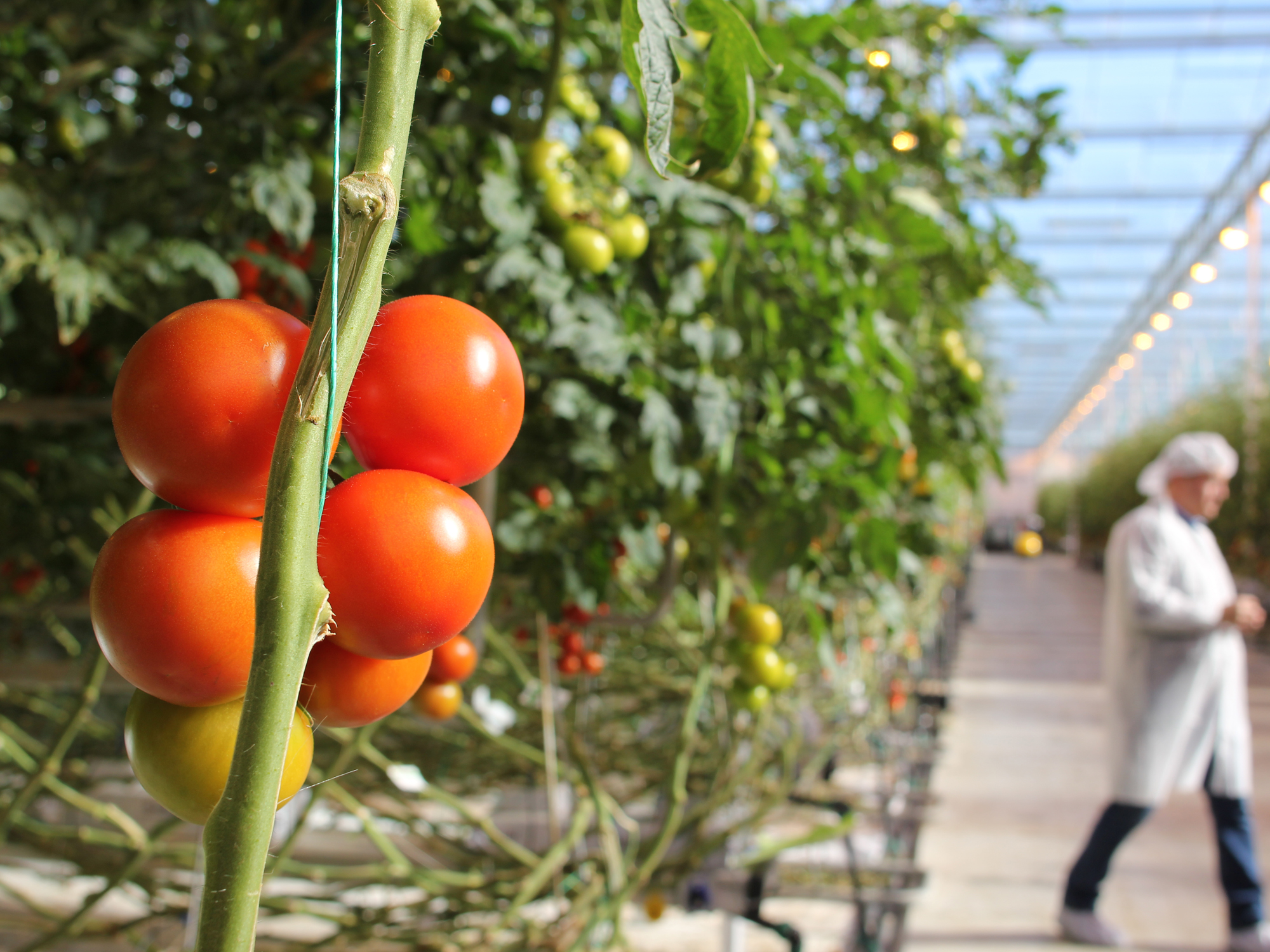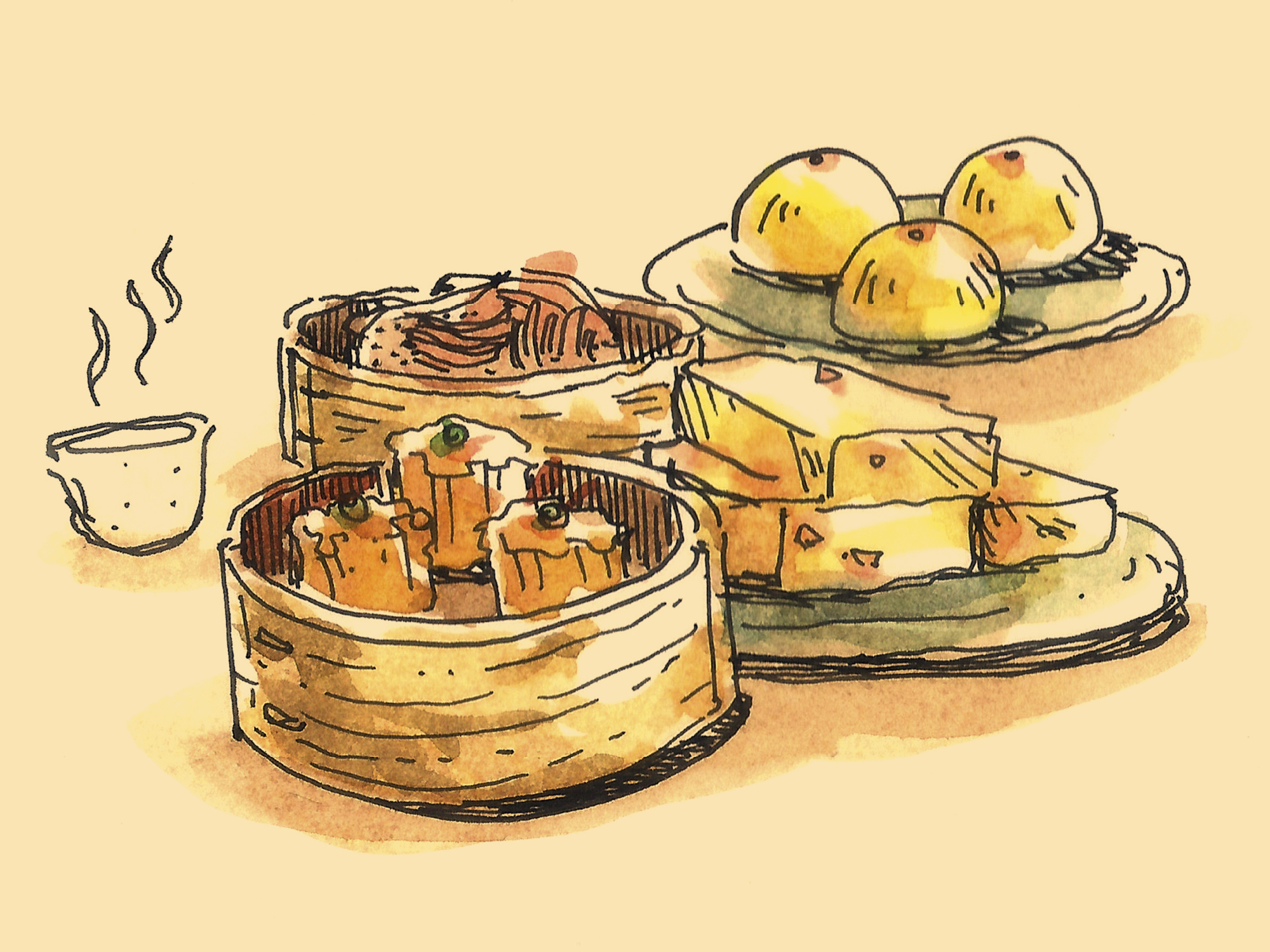LIKE EVERYONE IN CHICAGO, APPARENTLY, I’VE had the one-week cold followed by the four-week blecch that makes it hard to get anything done, so instead of going out and getting stories about food, I spent part of last week reading about the business of getting stories about food. Specifically, First We Feast’s much-discussed “The Problems With Food Media That Nobody Wants to Talk About.” I don’t think it’s true that no one’s talked about them, but they’re certainly talked about thoughtfully enough there to be worthy of a little wrangling with. The theses of the piece are neatly outlined by First We Feast’s subheads:
FOOD WRITERS ARE TOO SCARED OF LOSING THEIR ACCESS TO BE CRITICAL.
THE FOOD WORLD IS TOO HUNGRY TO TEAR DOWN ITS IDOLS—BUT ONLY WHEN IT’S SAFE.
THE GATEKEEPERS ARE TOO HOMOGENOUS.
THE MOST IMPORTANT CONVERSATIONS IN FOOD DON’T TAKE PLACE IN FOOD MAGAZINES.
READERS CAN’T TRUST THE LISTS ANYMORE.
FOOD MEDIA HAS A WEIRD RELATIONSHIP WITH “CHEAP EATS.”
PR HAS TOO MUCH INFLUENCE ON WHAT GETS COVERED.
THE RECIPES DON’T WORK ANYMORE.
PRE-REVIEWS ARE OBSCURING THE LINE BETWEEN HYPE AND CRITICISM.
FOOD JOURNALISTS ARE BETTER OFF CONSULTING OR RUNNING MEAL-KIT DELIVERY SERVICES.
It’s a very mixed bag of complaints, so let’s start by knocking off the easy ones. Unless you get a staff job, yeah, you’re better off financially doing anything besides being a food writer—but, you know, you’re better off not being an actor or a standup comic, either, unless you can’t imagine life without acting or doing standup. So the impracticality of it all is kind of so obvious as to be irrelevant. Gotta dance!
Likewise, the internet is full of recipes, and most are bad. So, you have to learn how to tell the helpful ones from the lame ones (hint: anything using a branded low-fat product in place of butter or cream is crap). The internet is also full of lists, and again, you just have to be a good enough reader that you can tell a list that actually knows something from one that doesn’t. Mainly, you just have to not click on the 50th iteration of the same damn list you’ve read a million times from some site you never heard of. Resist taking the clickbait! And finally, I agree that you’re more likely to find a thoughtful food piece in The Atlantic than in a food magazine, but… okay, then read The Atlantic. Problem solved.
Now on to the tougher ones.
First We Feast posits a world in which food media are under the thumb of a well-oiled publicity machinery, basically—Sue Mengers-like tough cookies making or breaking access to the hot new restaurant of the moment, dictating what all the food media will write about (subhead 7), upon pain of never eating lunch in this town again (subhead 1), and enforcing an orthodoxy on what restaurants and chefs are hot or not (subhead 2) at this moment, which leads to a sameness and stifles new voices on the scene (subhead 3).
Well, maybe that’s true in New York, or working for national media, and life would certainly be more exciting if it were. But we are kind of the sticks out here, easygoing midwesterners for better or worse, and as far as I can see, out here that river flows in the other direction entirely.
Far from the PR industry telling the media it had better cover the opening of Il Unnecessario if it wants to have access to the opening of Immensity Steak + Seafood next month, it’s the publications who attach themselves to openings and jostle for their share of the opening week clicks, only to drop interest a few weeks later. The PR firms would love to spread it out; no one’s ever threatened me for failing to turn up as requested to cover all three floors of Prime Douchebagge, the new River North steak and kangaroo boxing joint, but they’ve certainly been delighted when I wanted to write in depth about a place that opened months ago, or about some side of it no one else cared about, or about the assistant pastry chef.
It’s the publications who attach themselves to openings and jostle for their share of the opening week clicks.
Ah, but even if they’re not forcing openings on everybody, aren’t comped dinners still the secret super-insidious way of manipulating the press to say good things? Well, as long as writing about food pays about the same as stacking the quarter pounders on the grill, it’s tough to expect writers to know a scene which runs up to the high high end without accepting comps (just as theater critics accept tickets, and book reviewers accept free books which they routinely resell—believe me, food and drink writers wish there was a market for reselling sample bottles of flavored vodka, but there isn’t).
And it’s also why coverage tends to be a lot thicker on places that youngish people would go to anyway with their own money, which is why there’s been way more coverage of, say, Pub Royale or The Sportsman’s Club than of Intro or 42 Grams. But the ultimate value of inviting writers in isn’t making them beholden for a chicken dinner—it’s making human contacts that stories can flow out of. Plenty of stories I’ve done have come out of actually meeting the chefs and seeing them at work; it was access all right, but not as a privilege—as a way of knowing what people are up to.
In the end, there is something half-hidden that drives content—but it isn’t a human manipulating the world. It’s metrics—the clicks that tell publications what works and what doesn’t, what they can do and what they can’t. That’s what runs the world in 2016, stats. They decide your access—to being published at all. And to me, First We Feast missed that main point about what drives, and sometimes warps, our food coverage. We’re too willing to take stats as the word of God, telling us the only things we’re allowed to do because “we know they work.”
And at some point, it’s the death of writing if you let the metrics cut off whole realms of human experience. Use the numbers as a guide to what you know your audience wants—but sometimes, surprise them, too. That’s the only way to find out what they wanted that they never knew they wanted.
NOW ON TO THE LAST COUPLE OF subheads. One of First We Feast’s big concerns is that food coverage is too exclusive—too few women chefs (though there’s certainly no shortage of female food and drink writers), too few black chefs (that’s certainly true), and if not outright racism, a sort of racial clumsiness “every time a critic expresses amazement that an Indian dish could be so ‘refined,’ or a trend is awkwardly dubbed ‘Asian Hipster Cuisine,’ or a white chef making shawarma is called a ‘game-changer.'”
There’s truth in all of this, certainly. “Cheap eats” coverage is a double-edged sword that helped introduce a lot of people to other cuisines, but it also set a ceiling so that, as First We Feast puts it, it’s normal “to routinely spend $20 on bowls of orecchiette, but balk at the notion of spending more than $5 on ma po tofu made with the same quality of ingredients.”
As ethnic food and fine dining blur the lines between them, food media can serve an important role in setting the context for a Parachute or a Fat Rice having some of both worlds—and commanding an appropriate price as a result. I think food media has been pretty good at that, but even more than that, Chicagoans have been a great audience that has accepted those ideas pretty easily. (No, really, you’ve been a great audience. Tip your waitress.)
The answer to these issues is pretty basic—try harder and dig deeper to do more of it. Which is why I was a bit dismayed by this notion, placed prominently up front in the piece:
Since we launched First We Feast in 2012, we’ve been far from perfect in our quest to build the new paradigm. At first, we added more rappers and more nachos into the conversation. (Started….) But there are only so many ways you can parse the meaning [of] Kanye’s croissant lyrics, and naturally, our sense of what we could (and should) be expanded. We tried to leverage our unique situation at Complex, where we’re surrounded by a diverse staff entrenched in pop culture, to broaden our perspective and tackle stories that other outlets ignored—about the foodways of Compton, or the rise of Harlem’s chopped cheese.
I have nothing against pop culture references as a way of expressing what you think about things. I was once accused by a friend of competing for the James Beard Award for Most Godfather References, which was grossly unfair (I use lots of Goodfellas and Pulp Fiction references, too). Hell, I even namechecked Sue Mengers once, which is totally inside baseball for film buffs.
But let’s not kid ourselves here. White kids from good schools identifying with Kanye or Beyoncé aren’t so much getting closer to authentic inner city African-American culture as they’re Otter shouting “Otis, my man!” in Animal House. Even your “diverse staff” is still young people working at an internet startup. At some point you have to go out in the world, the real world, and meet old guys who wrestle whole hogs and women who roll out dough like their mothers have for ten centuries and the Mexican family where everybody works in the restaurant. You have to want to tell their stories more than any story about yourself and the cool place you went. That’s diversity. That’s telling the stories that you want to tell—the stories that matter most about our food scene.
Michael Gebert is what, here to amuse you? as editor of Fooditor.
Latest
Join the Discussion
After you comment, click Post. If you're not already logged in you will be asked to log in or register with Disqus.







[…] A hard look at the problems with food media and its counter argument. […]